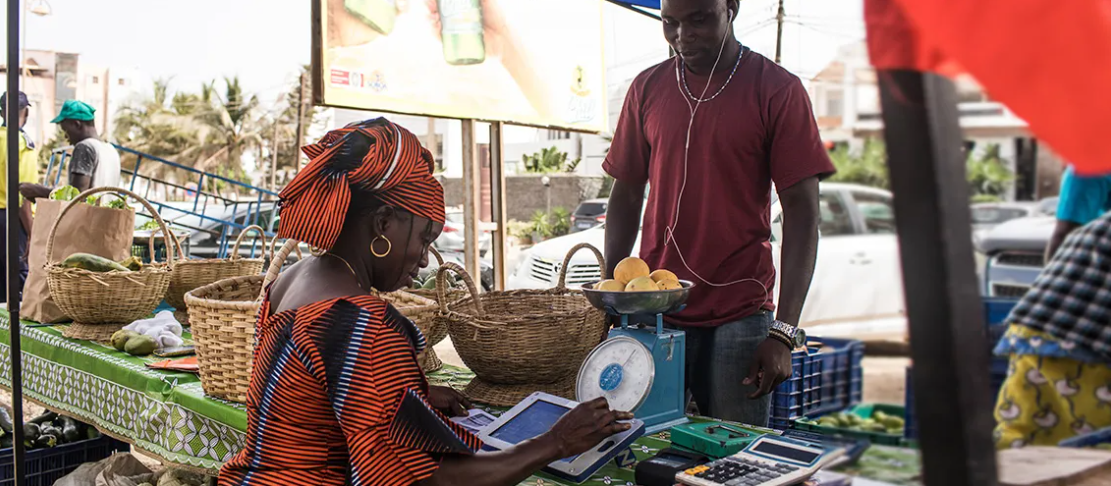Banks with fewer branches fared worse during the 2023 banking turmoil
Bank branch density, defined as the number of bank branches per $1 billion in deposits, has declined significantly over the past decade. While total bank deposits almost doubled between 2016 and 2022, the number of bank branches declined by approximately…
Government banks and interventions in credit markets
Credit markets are often affected by market failures, which makes them prone to government interventions. While there are many ways in which governments can intervene in financial markets, a common method is through state-owned banks. These financial intermediaries allow governments…
Expanding the benefits of financial services
Having a financial account is essential for adults to save, borrow, make payments, and manage unexpected expenses. However, financial products come with risks, especially for those with limited financial knowledge or living in countries with poor consumer protection systems. Inexperienced account owners…
Exploring the link between rising inflation and economic growth: The role of the banking sector
The relationship between rising inflation and economic growth is a topic of ongoing debate in macroeconomics. According to the classical “neutrality of money” view, increases in inflation have little effect on real gross domestic product (GDP), as inflation increases both…
Maintaining momentum of financial inclusion through digital adoption in the West African Economic and Monetary Union (WAEMU)
West African Economic and Monetary Union (WAEMU) countries have seen increased financial account ownership since 2014, with mobile money accounts driving adoption and usage. On average, 41% of adults in the WAEMU have an account with a bank or similar…
Sukuk are just another capital markets instrument (and that is a good thing)
Sukuk are tradable securities. They are listed on major stock exchanges around the world and settle through the largest international securities clearing systems. They are, in other words, capital market instruments in the same way as stocks and bonds. Of…
Expiring money (Part I)
In October 2020, Shenzhen’s Luohu district announced the distribution of 10 million digital yuan—200 digital yuan (USD 30) to about 50,000 people. Lucky winners could spend their money at designated shops in Luohu between October 12 and 18, 2020. A similar…
Expiring Money (Part II)
In Part I of this post, we discussed “expiring” digital cash as a possible type of programmable money, which a central bank (in coordination with government) could issue and distribute to people during severe recessions or events like pandemics or calamities, when…
The globalization of financial risk: How ETFs make local markets less local
The growth of passively managed and exchange-traded funds (ETFs) has been a notable recent development in fund management. The assets held by ETFs have increased even more rapidly than those of the industry, and now account for more than 20% of the…
Sterilized asset purchase program, a new policy tool to combat sudden stops
Central bankers in emerging market and developing economies (EMDEs) have been seeking policy tools other than the traditional interest rate policy. The reason is that these economies are vulnerable to financial disruptions due to sharp reversals in capital inflows, known…









